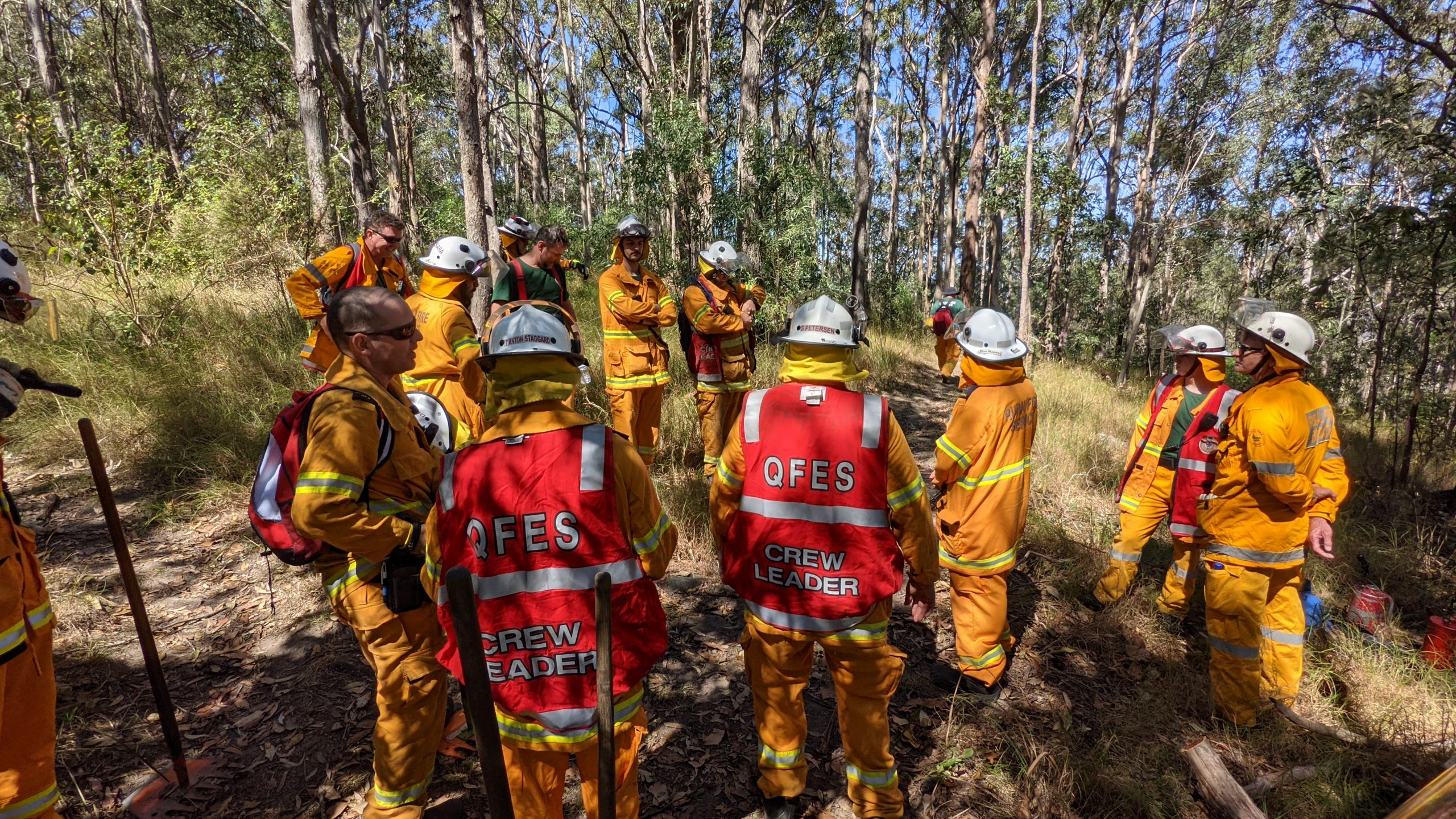Throughout my years as a firefighter, I have had the privilege of working with exceptional leaders who have made a lasting impression on me. In this article, I will share the lessons I have learned from them and explore the key traits that make a great leader. These leadership principles are not limited to the firefighting industry; they apply universally to any business or organization. By incorporating these traits into your leadership style, you can become a leader that people can rely on.
Trait 1: Leading from the Front
A great leader is not someone who simply gives orders from afar. Instead, they are actively involved in the work, leading from the front. This means being in the trenches with your team, understanding the challenges they face, and actively participating in the work at hand. By doing this, you demonstrate your competence, gain the respect of your team, and build camaraderie.
When you lead from the front, you also have a unique opportunity to set an example for others to follow. Show your team how to do things the right way, and use these moments to teach and empower your team members. Leading by example not only shows your team that you care, but it also fosters a learning environment where everyone can grow and improve together.
Trait 2: Keeping Cool When Things Get Hot
Leadership is tested in high-pressure situations when everything around you is changing rapidly. As a leader, it is crucial to stay calm and maintain clarity of thought in these moments of chaos. By staying cool under fire, you can make informed decisions, think ahead, and keep the big picture in mind.
To stay cool in challenging situations, take a step back and assess the situation. Understand the changes happening around you, not only within your immediate scope but also on a broader level. This awareness will help you make well-informed decisions that align with the overall strategy and goals. It is also important to remember to breathe, as taking a moment to calm yourself can help maintain focus and composure.
Rapid decision-making is often necessary in high-pressure situations. While it is crucial to act swiftly, it is equally important to follow a process. Stop, assess, plan, and then take action. By following this method, you ensure that your decisions are well thought out and avoid impulsive reactions. Additionally, make sure you have the right information and reach out to your team for any necessary input before making critical decisions.
Trait 3: Effective Communication Amidst Chaos
In times of chaos, effective communication becomes even more critical. As a leader, it is essential to think before you speak and articulate your thoughts clearly. To facilitate understanding, consider visual aids like maps, diagrams, or flowcharts to convey your plans and objectives. By providing a visual representation, you can ensure everyone is on the same page, even when chaotic.
Effective communication goes beyond conveying instructions and plans. It also involves active listening and seeking input from your team. Encourage them to share their thoughts and ideas, as they may have valuable insights or suggestions to contribute. Remember, communication is a two-way street, and fostering open dialogue creates a collaborative work environment.
Trait 4: Embrace the Big Picture
Great leaders ensure that everyone on their team understands the goal and objective at hand. They establish shared responsibility and foster a team mentality where everyone works together towards achieving a common mission. It is important to emphasize that success or failure is a collective effort and that each team member plays a role in reaching the set goals.
As a leader, it is your responsibility to communicate the big picture to your team. Ensure that everyone understands the purpose of their work and how their individual contributions fit into the larger vision. Promote teamwork and collaboration, as harnessing the collective efforts of your team will lead to greater success.
Trait 5: Accountability and Ownership
Accountability is a cornerstone of effective leadership. As a leader, it is important to take ownership of your mistakes and acknowledge when you are at fault. By admitting your errors, you create an environment where mistakes are seen as opportunities for growth and improvement. This accountability sets an example for your team, encouraging them to take responsibility for their actions as well.
In addition to personal accountability, it is crucial to empower others and give credit when it is due. Recognize and reward the contributions of your team members, highlighting their achievements and acknowledging their efforts. By doing so, you strengthen the team dynamic, boost morale, and motivate your team members to continue excelling.
Great leaders are not created overnight.
It takes time, experience, and a commitment to continuous improvement. By incorporating these five crucial traits into your leadership style – leading from the front, staying cool under pressure, effective communication, embracing the big picture, and accountability – you can develop into a leader that people can rely on. Remember, leadership is not about authority; it is about guiding and inspiring others to achieve greatness collectively. So, step into the line of fire, lead by example, and become the leader your team needs.


